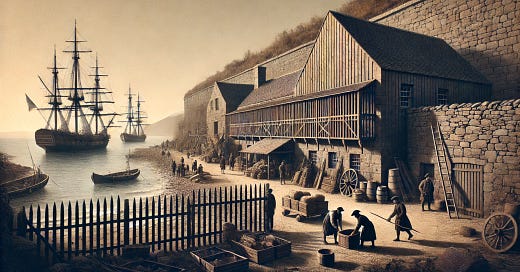The Fascinating History of Lazarettos
The history of lazarettos—quarantine stations designed to isolate those suspected of carrying infectious diseases—offers a fascinating lens into Scotland’s evolving public health history. These facilities, often strategically located along coastlines and near bustling ports, served as the first line of defense against pandemics in an era when medical knowledge was limited, and the movement of goods and people posed constant risks of contagion. While their rise marked a bold attempt to control the spread of disease, their eventual decline reflects the profound societal and technological changes that redefined public health practices.
Keep reading with a 7-day free trial
Subscribe to Tales of Forgotten Scottish History to keep reading this post and get 7 days of free access to the full post archives.




